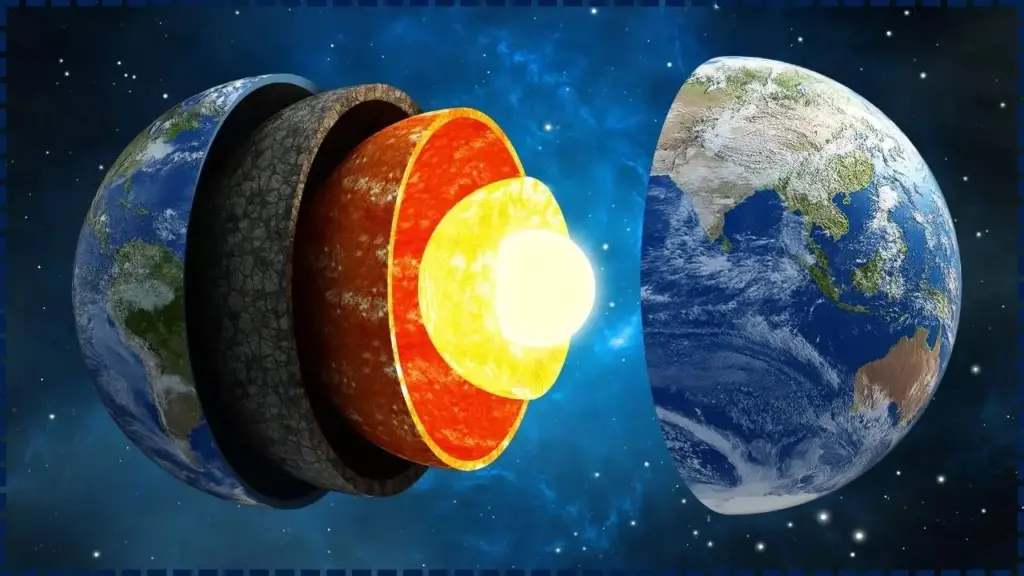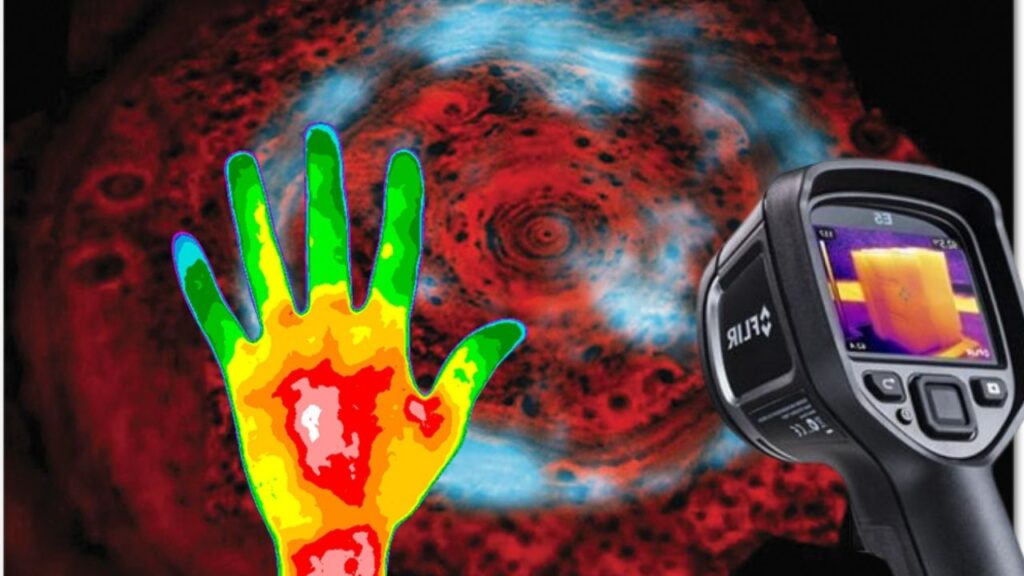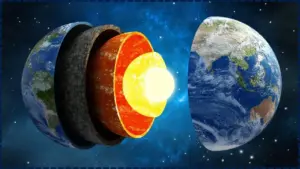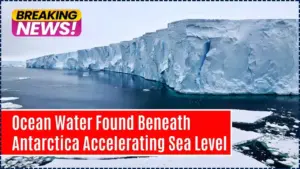New research reveals that ocean water seeping beneath Antarctica’s Thwaites Glacier, known as the “Doomsday Glacier,” is accelerating its melting. This development threatens to contribute over 3 meters to global sea level rise, putting coastal regions worldwide at risk. Scientists warn that the glacier’s collapse could happen sooner than expected.
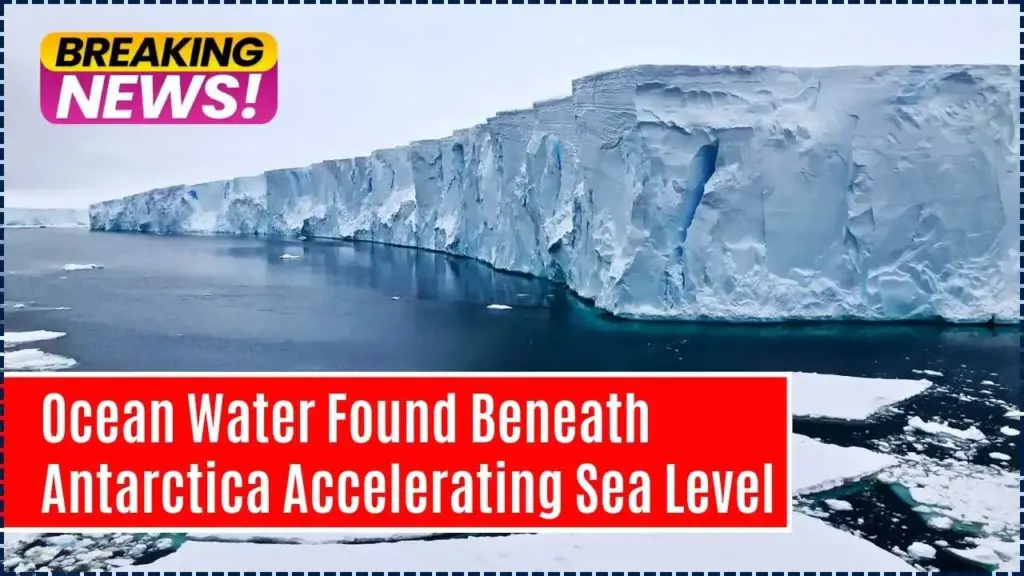
Table of Contents
Doomsday Glacier Alert
| Key Fact | Detail/Statistic |
|---|---|
| Glacier in Focus | Thwaites Glacier, West Antarctica |
| Ocean Water Intrusion Depth | Up to 6 kilometers beneath the glacier’s grounding line |
| Current Contribution to Sea Level Rise | Approximately 4% of global sea level rise annually |
| Potential Total Sea Level Rise | Up to 3 meters if the glacier and surrounding ice sheets collapse |
| Timeframe for Potential Collapse | Projections suggest collapse could occur within this century |
The rapid melting of Thwaites Glacier, driven by ocean water intrusion, poses a significant threat to global sea levels. With the potential to raise sea levels by over 3 meters, the consequences for coastal cities and ecosystems could be catastrophic. While mitigation strategies are being explored, urgent action to address climate change is needed to slow the glacier’s melting and reduce the risk of widespread flooding.
Thwaites Glacier: The “Doomsday Glacier”
Thwaites Glacier, located in the Amundsen Sea of West Antarctica, is one of the largest and most unstable glaciers in the world. Its rapid retreat has earned it the nickname “Doomsday Glacier” due to its potential to dramatically raise global sea levels. The glacier currently contributes around 4% of annual global sea level rise, but its contribution could increase significantly if it continues to melt at an accelerated pace.
Recent research has highlighted a critical development: warm ocean water is intruding beneath the glacier’s grounding line, where the ice meets the bedrock, up to 6 kilometers inland. This intrusion is accelerating the glacier’s melting, which could have far-reaching implications for global sea levels.
How Ocean Water is Accelerating the Melting
The intrusion of warm ocean water beneath the glacier leads to a process known as basal melt. This occurs when warm, salty water erodes the glacier’s base, weakening its structural integrity. The glacier is then more likely to retreat, losing more ice into the ocean and contributing to rising sea levels.
In addition to the warming of ocean water beneath the glacier, tidal movements further exacerbate the situation. These movements push water deeper under the ice, enhancing the melting process. Scientists have described this effect as a “washing machine” mechanism, where the constant movement of water accelerates the glacier’s retreat.
“Once the grounding line retreats past a certain point, the glacier becomes unstable and begins to disintegrate rapidly,” explains Dr. Peter Clark, a climatologist at Oregon State University. “The feedback loop we are seeing now could make this collapse inevitable within this century.”
The Threat to Global Sea Levels
Thwaites Glacier holds enough ice to raise global sea levels by over 3 meters if it were to collapse completely. Although a complete collapse is unlikely in the immediate future, experts predict that significant melting could occur much sooner than previously anticipated. Projections suggest that if the glacier continues to melt at its current rate, it could contribute several meters to sea level rise in the coming centuries.
The consequences of such a rise would be catastrophic for coastal regions worldwide. Cities like New York, Miami, Shanghai, and Venice could face severe flooding, displacing millions and threatening infrastructure. The Maldives and other low-lying island nations are particularly vulnerable, as even a small rise in sea levels could render them uninhabitable.
Historical Context: Monitoring the Glacier
Research on Thwaites Glacier has been ongoing for decades, but only in recent years have technological advancements allowed scientists to monitor it more closely. In 2018, the International Thwaites Glacier Collaboration (ITGC) was launched to study the glacier’s behavior in more detail.
The collaboration between the United States and the United Kingdom has been using satellite imagery, radar, and underwater robots to map the glacier and study the impact of ocean currents on its stability.
The glacier has been retreating at an accelerating pace since the 1970s, and recent studies have revealed that the rate of ice loss has nearly doubled over the past 50 years. This rapid retreat has led many experts to revise their estimates of when the glacier could collapse entirely.
Regional and Global Impacts of Thwaites’ Melting
Thwaites is just one of several glaciers in West Antarctica that are showing signs of instability. As the Antarctic ice sheet begins to melt, it could disrupt ocean currents, including the Atlantic Meridional Overturning Circulation (AMOC), which helps regulate global weather patterns. A slowdown of the AMOC could cause drastic shifts in weather, including more extreme temperatures, storms, and disruptions to marine ecosystems.
The loss of Thwaites Glacier could also exacerbate the problems caused by the melting of other glaciers in Antarctica. If the glacier continues to retreat, it could trigger a domino effect, leading to further instability in the region. This would accelerate the global rise in sea levels, pushing coastal cities even closer to the brink of disaster.
Economic and Social Impact
The economic consequences of rising sea levels would be profound. Coastal cities are home to millions of people, and the real estate and insurance industries in these regions are already preparing for potential losses. Infrastructure, including roads, bridges, and ports, would also face increasing risks from flooding and erosion.
Agriculture in coastal areas could be severely impacted by saltwater intrusion into freshwater resources and farmland. For developing countries with large populations living in coastal regions, the economic and social impacts of sea level rise could lead to mass displacement and migration, potentially creating new refugee crises.
What is Being Done to Mitigate the Impact?
Scientists are exploring several potential strategies to mitigate the impact of Thwaites’ melting. One such idea is to construct a sea curtain or underwater barrier around the glacier to block warm ocean currents from reaching its base. While still in the conceptual stages, this technology could buy valuable time by slowing the glacier’s retreat.
However, experts agree that the best approach to mitigating sea level rise is to address the root cause: climate change. Reducing global greenhouse gas emissions remains the most effective long-term solution. While it is too late to stop the melting of Thwaites Glacier entirely, slowing the rate of global warming will help prevent further damage to polar ice sheets and mitigate the worst impacts on coastal regions.
FAQ About Doomsday Glacier
Q: What role does Thwaites Glacier play in global sea level rise?
A: Thwaites Glacier contributes about 4% of annual sea level rise and has the potential to raise sea levels by over 3 meters if it collapses completely.
Q: How is ocean water affecting the glacier’s melting?
A: Warm ocean water is intruding beneath the glacier, accelerating its melting through basal melt and tidal movements, which further destabilize the glacier.
Q: What can be done to prevent further melting of Thwaites Glacier?
A: While constructing protective barriers is being explored, the most effective solution is addressing climate change by reducing greenhouse gas emissions to slow global warming.
